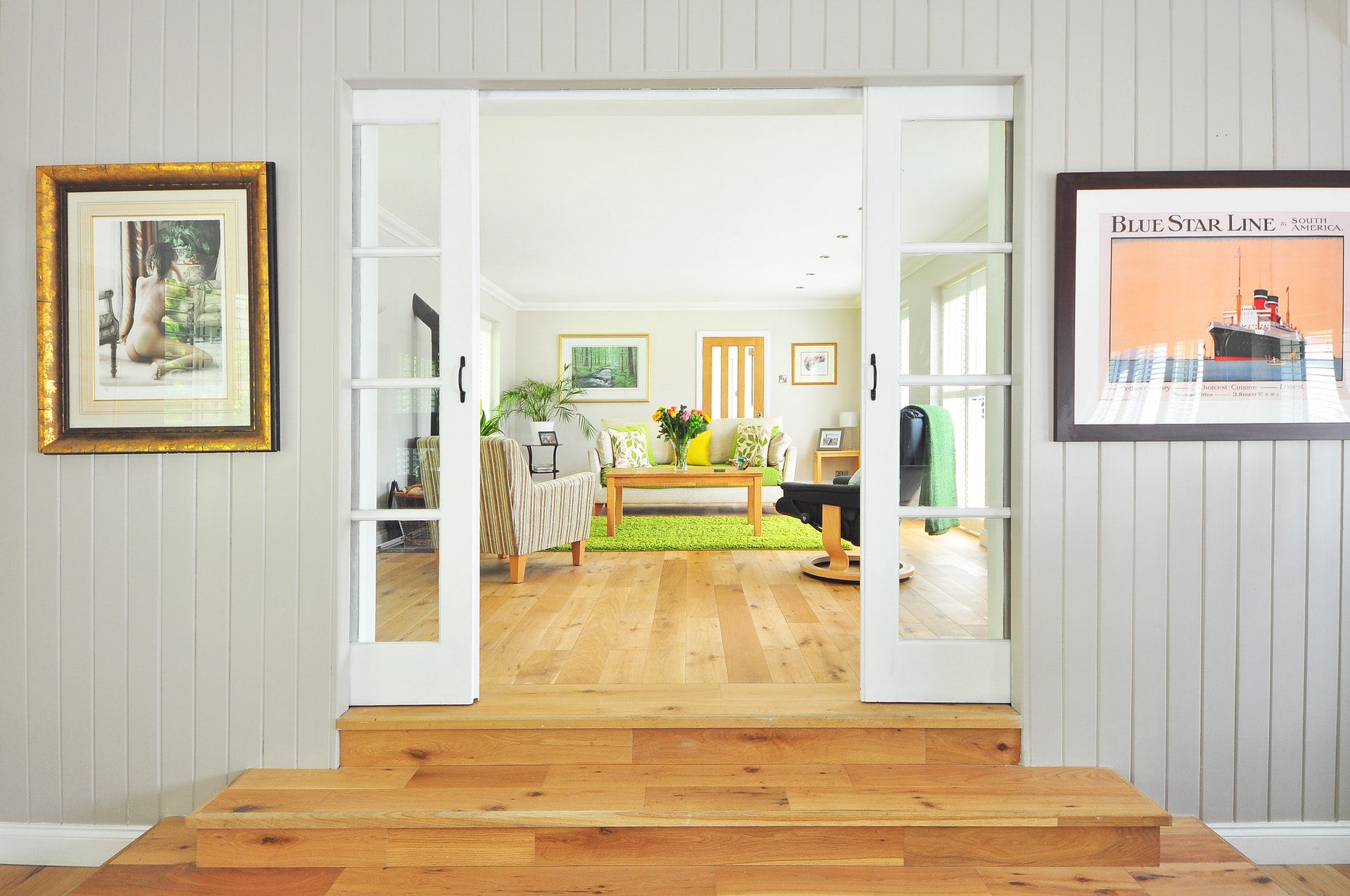Remodels and Upgrades That Can Improve Your Health and Well-Being
The word “remodel” often gets one thinking that improvements are being made to a home in order to increase the value of the house or to improve the aesthetics. However, home remodels and upgrades can also be made in order to improve the health and welfare of the home’s occupants. Remodel and upgrade projects made for design and investment reasons are not mutually exclusive from projects made for health reasons. You are able to have the best of both worlds.
With the help of qualified professionals, you can make your home a healthier place to live in. Below are some improvements you can make. Not all projects are suitable for every home, budget, and needs. But some of them might be able to make a huge improvement on your life.
Where You Walk
Carpeted floors are warm and inviting and feel wonderful to walk on. They are also a haven for dust and other allergens. Replacing carpeted areas with wood flooring can result in an immediate boost in your health. Wood floors are easier to maintain and clean, plus they have the added benefit of revealing all dirt, dust, and pet hair you need to clean.
Costs of replacing your floors will depend on what you need done. If you need furniture moved, repairs done to the subflooring, or flooring disposed of, then the costs will be higher. Typically, wood floors range between $2,498 and $6,745. Not all woods are created equal. For example, choosing pine will save you some money ($6 – $11 per square foot to install), whereas exotic woods will cost a bit more ($12 – $22 per square foot).
Behind the Walls
While you don’t see the pipes in your walls, it may still be time to replace them. Especially if you live in an older home, your pipes may be clogged or corroded due to galvanized pipes, the connection to the sewer line might be impeded, and there could be a buildup of lead (a toxin) in the pipes.
Don’t try to replace plumbing by yourself. This is a job better left to the professionals. A plumber will know when permits are needed, what materials should be used, and how to safely connect to gas, sewer, and water lines. A plumber, on average, could cost you around $45 – $65 an hour, not including parts and fixtures. If the job is complex and special experience is required, costs per hour will likely be higher.
If the Walls Could Talk
If you have an older home, you likely have a coat or two of paint on the walls that are lead-based. This kind of paint is highly toxic and can cause severe health problems when absorbed into the body. Lead-based paint is particularly harmful to children and can lead to problems with the brain, vital organs, and development and potentially death.
While there are some DIY articles that walk you through the steps of removing lead-based paint on your own, it’s not advisable. A professional experienced in such removal will know how to take the proper precautions to prevent contaminates from getting into air vents and attaching to furniture, fixtures, and you. After removal, you can then have the rest of the house painted in colors that bring you joy and peace for anywhere between $750 – $12,000, depending on the size of your home.
While remodeling and upgrading your home for design purposes is fun, focusing on how those projects can improve your health and well-being is worthwhile. Installing wood floors, updating plumbing, and removing lead-based paint are some of the ways you can improve your home for your health. But depending on your needs and the size, age, and location of your home, there may be other improvements that deserve your attention. It’s important to determine what’s best for you, your loved ones, your home, and your budget.
Curtis Fisher
